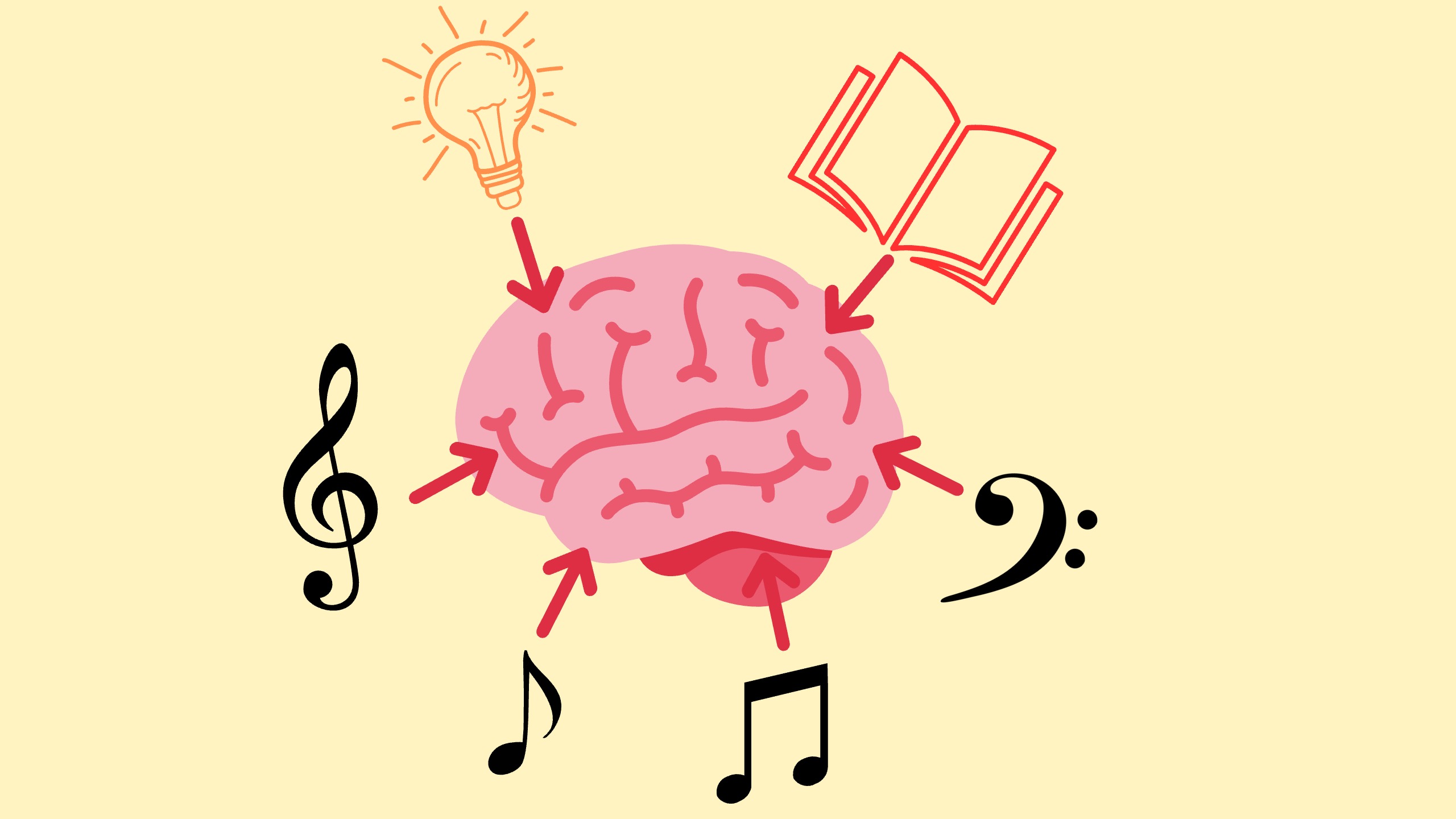I have a bookmark folder in my browser called “music,” where I’ve saved all kinds of wonderful music-related resources I’ve found over the years. I thought it was a bit of a waste to keep them just for myself, so I decided to share them here! I believe these resources will be helpful to both students who want to study music theory independently and to teachers seeking high-quality teaching materials.
Chinese Resources
1. NiceChord.com
There aren’t many Chinese-language resources on music theory, and among those that are free and publicly available, I’ve only found one that really stands out. That is, NiceChord.com, founded by Taiwanese pianist Wiwi Kuan.
Wiwi has a gift for making complex theory concepts easy to understand. His YouTube channel is also full of great content, but since he’s recently shifted his focus to his self-hosted website and video platform, I’ll highlight his website here.
⭐ Highlights
- Most of the theory covered focuses on modern and pop music concepts. You can learn how chord symbols work, understand how those colorful and cool extended chords are used in Jazz music, and review fundamental theory like intervals and modes.
- You’ll also find articles on piano playing, improvisation, arranging, and mixing.
- Wiwi even developed a series of tools, such as chord finders, a customizable metronome, and a music term dictionary (in Chinese) that make learning even more effective.
📸 Website Screenshots
Website: 好和弦 NiceChord.com
English Resources
To be honest, there are far more free English websites sharing music theory knowledge than Chinese ones. Here are some of my favorites.
1. Music Theory for the 21st-Century Classroom
This one is my top recommendation among English resources! Professor Robert Hutchinson from the University of Puget Sound has generously made his four-semester college-level music theory textbook available online for free, allowing you to systematically study theory step-by-step.
⭐ Highlights
You can download the full textbook as a free PDF, essentially giving you a complete college theory book at no cost.
Each musical example is embedded with a YouTube recording, complete with precise time stamps—no need to scrub through the timeline yourself!
Every chapter ends with exercises and answer keys, so you can check your understanding right away (it feels just like a self-study workbook. Super helpful for independent learners!).
The material starts with basic concepts and goes all the way up to topics like counterpoint, making it suitable for both beginners and intermediate learners.
📸 Website Screenshots
Website:Music Theory for the 21st-Century Classroom
PDF Download: PDF
2. teoría: Music Theory Web
teoría was created in 1997 by José Rodríguez Alvira , a retired professor at the Puerto Rico Conservatory of Music.
⭐ Highlights
- The Tutorials section offers solid coverage of fundamental topics from rhythm and note values to harmony and chord progressions.
- There’s a wide range of customizable ear-training exercises. For example, you can select whether to include major, minor, augmented, or diminished triads. Or, just hit the “Play, Don’t Ask” button if you want a surprise quiz. Perfect for students preparing for theory exams or simply testing their ears.
- The Articles section features the author’s detailed analyses of classical works, including Chopin’s 24 Preludes, Bach’s Brandenburg Concertos, and Schumann’s Kinderszenen. It’s a great place to explore harmonic progressions and compositional thinking in classical music.
📸 Website Screenshots

Final Thoughts
These three are the music theory sites I visit most often. Other sites I occasionally check out include musictheory.net, Musicca, Piano With Jonny, etc.
Have any of these sites helped you? Or do you have a favorite theory website of your own? Feel free to reach out and share your thoughts with me. I’d love to hear your recommendations!
My email: alicemusicwonderland77@gmail.com
NB: This article was first published in Chinese. It was later translated with assistance from ChatGPT, edited by me, and published in English.






